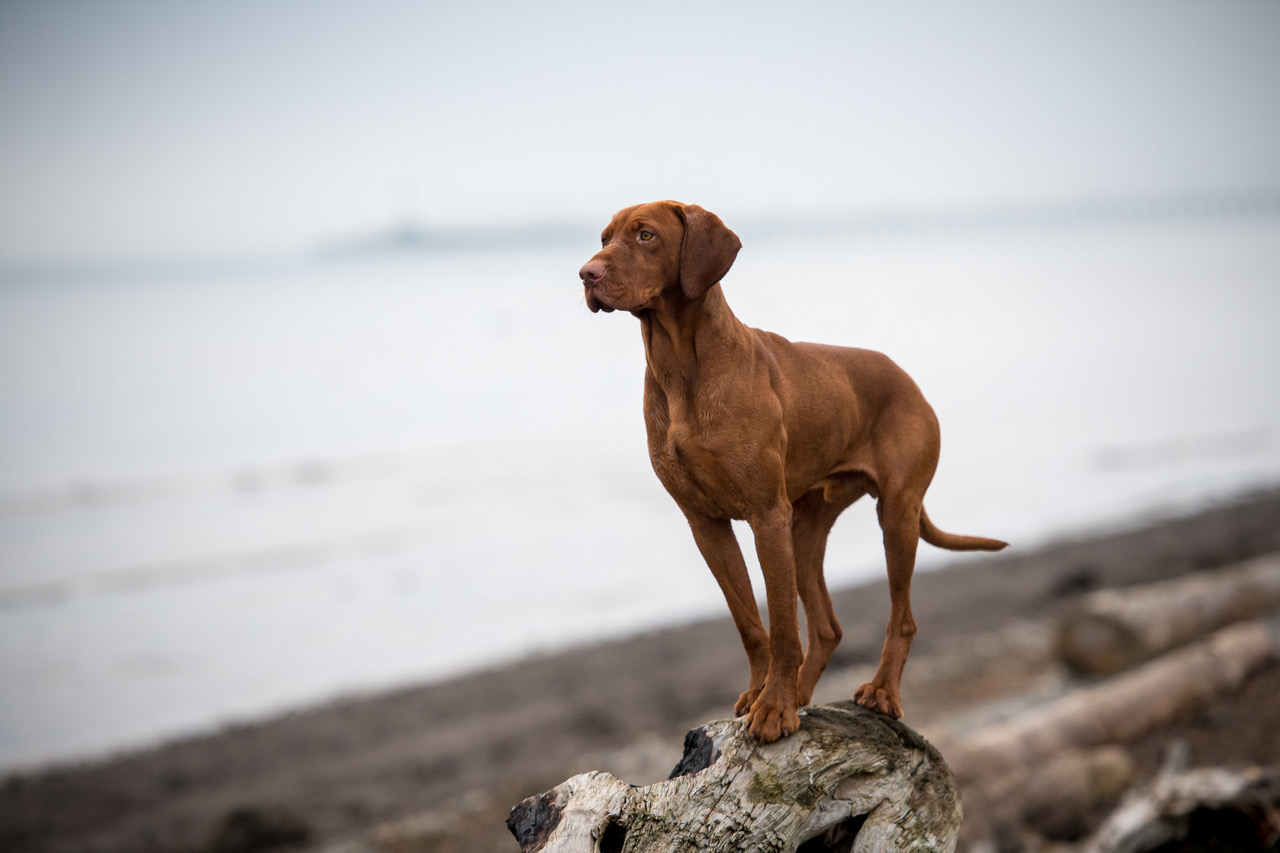The Hungarian Vizsla descended from the hunting dogs brought into the Carpathian mountain region by the migrating Magyars in the ninth century. The breed is said to have been bread freely with the Yellow Turkish dogs and other breeds during the 150 year period of Turkish occupation in these lands, near the 16th century. In the 18th and 19th centuries, the breed came under the hands of clever and knowledgeable breeders that were determined to develop a high performance dog for the highly coveted use of the Hungarian nobility. This meant meticulously adding in new blood lines to the native vizsla in order to strengthen their characteristics. For pointing ability, the Irish and English Setters were introduced; for hunting and scenting, the Bloodhound, the German Vorsthund, the Balkan Beagle, the ancient Foxhound, the Pammion Hound and Romanian Copie were used. The work of these breeders is what helped to create the vizla breed we know and appreciate today.
The Hungarian empire was diminished after the two World Wars and Russian occupation. It is said that approximately ninety percent of Vizsla’s were destroyed during the Russian occupation. Many Hungarians fled the country and brought their vizsla’s with them, for the first time dispersing the breed beyond Hungary and to the rest of Europe.
The Hungarian Vizsla is classified as an HPR breed, meaning they possess the working characteristics of all three different types of hunting dogs; hunting, pointing, and retrieving.


